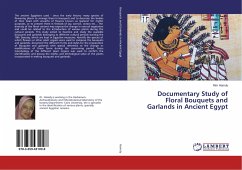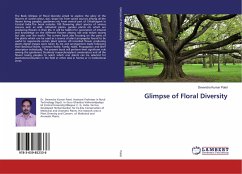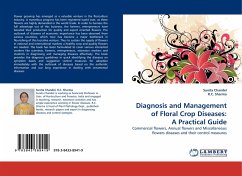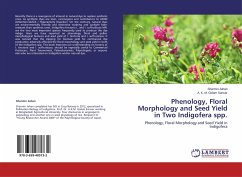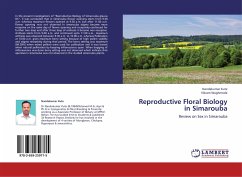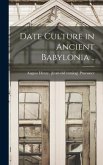The ancient Egyptians used - since the early history- many species of flowering plants to arrange them in bouquets and to decorate the bodies of their dead with wreaths of flowers known as 'garland' for mythic purposes, or to present them in festivals of joy, sorrow, victory etc... The diversity of the floral content may express the change in natural vegetation and could be related to the introduction of various plants during the cultural periods. This study aimed to Examine and study the available bouquets and garlands belonging to different cultural periods starting the 18th Dynasty, which are kept in Egyptian museums, Identify the species of which flowers or other plant organs were used to compose the bouquets and garlands, document the different forms and styles for the preparation of bouquets and garlands with special reference to the change or modifications of these forms during the concerning period. Gross morphology of the different plant organs was used to confirm the identification and discuss the mythic and ethnological value of the plants incorporated in making bouquets and garlands.
Bitte wählen Sie Ihr Anliegen aus.
Rechnungen
Retourenschein anfordern
Bestellstatus
Storno

